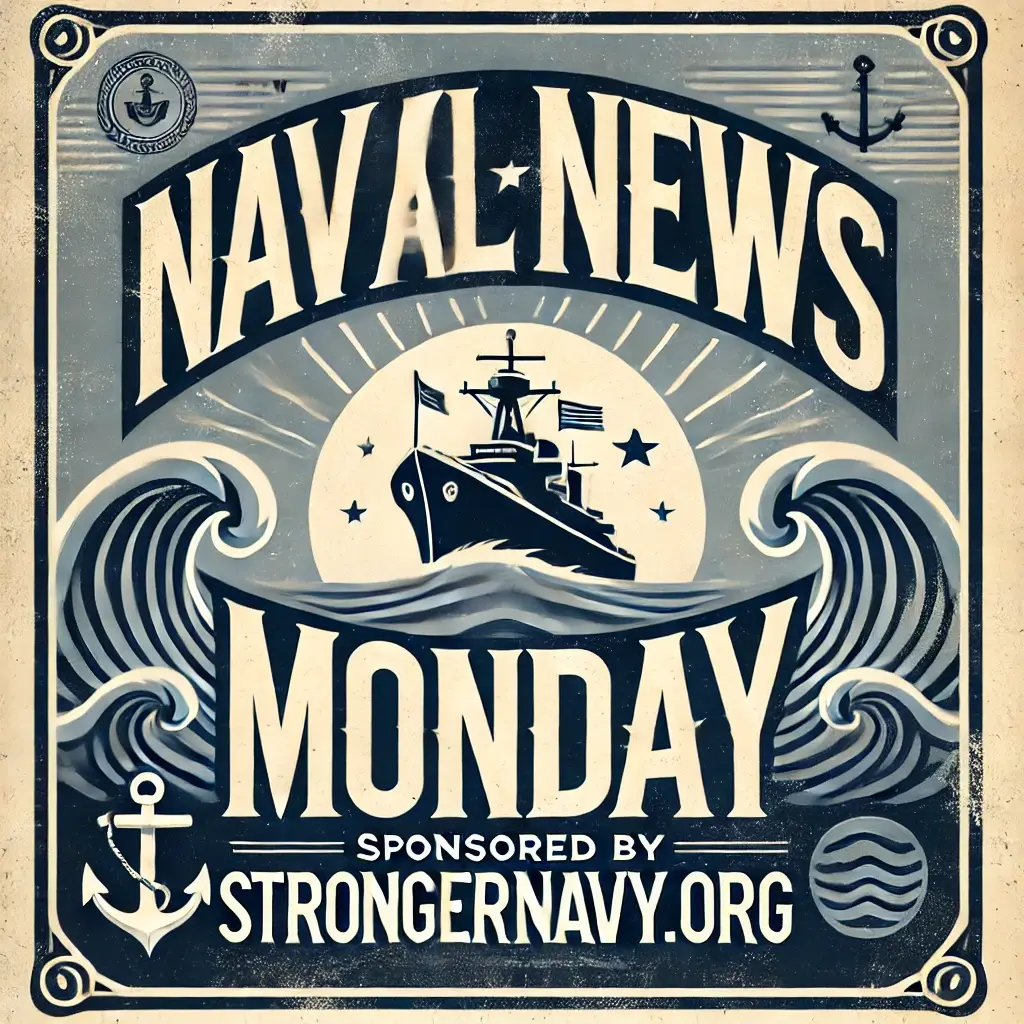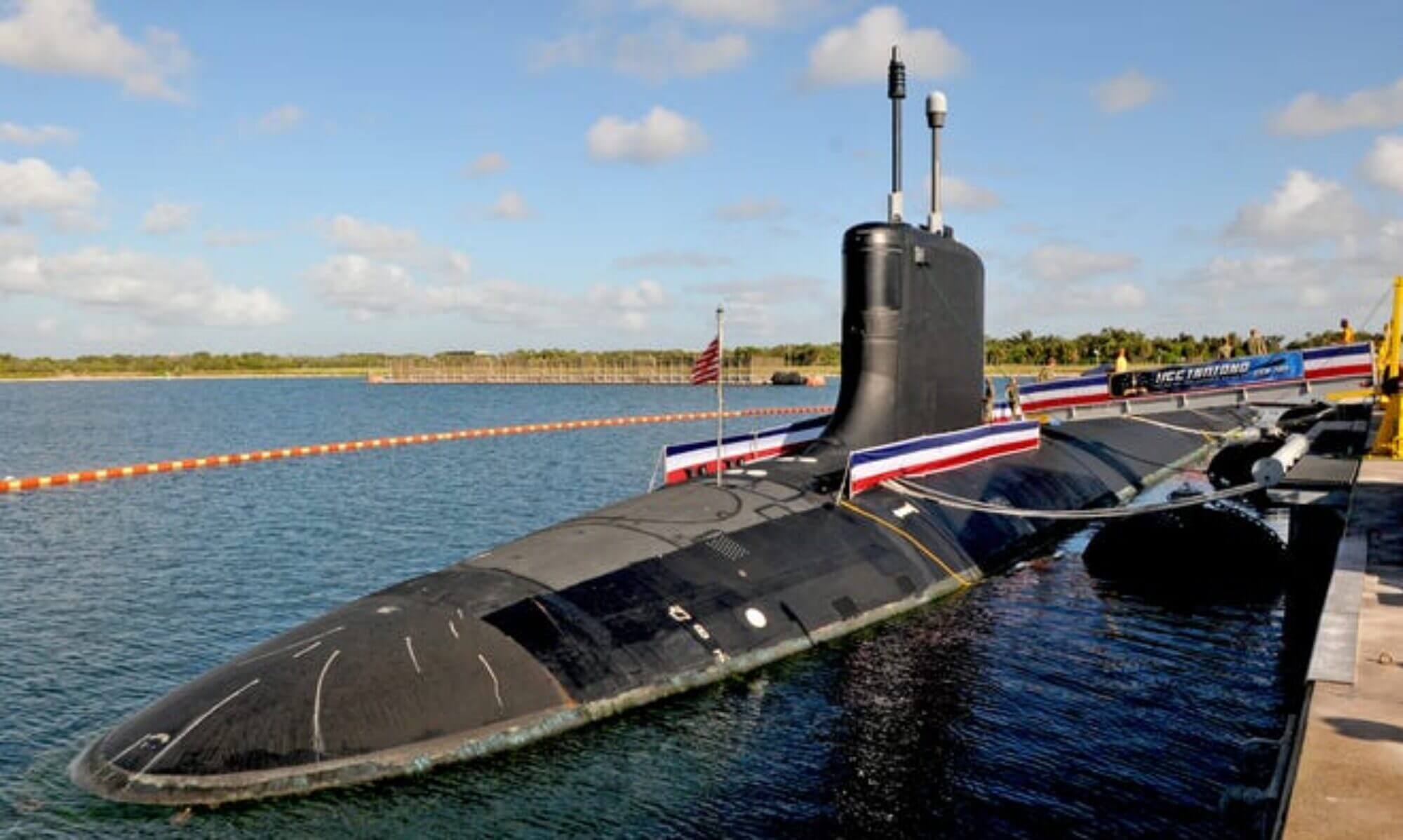
Welcome back to the “Navy News Monday” blog post series. This series is dedicated to bringing you the latest and most significant updates from the United States Navy, focusing on a variety of key areas that are crucial to maintaining a robust and effective naval force.
In our upcoming posts, we will be covering a range of topics including:
- Ship Building and Modernization: The latest developments in naval ship construction, including new vessel launches, updates on shipyard activities, and advancements in ship design that enhance the capabilities of the fleet.
- Naval Technology and Innovation: Innovations in naval warfare technology, such as cutting-edge weapons systems, sensor technologies, and communication advancements that keep the Navy at the forefront of modern warfare.
- Blue Water Navy Operations: Insights into the strategic operations of the Navy in open oceans, showcasing the power projection and global reach of our maritime forces.
- Submarine Navy News: Updates on the silent service, including new submarine classes, undersea warfare developments, and the role of submarines in ensuring underwater dominance.
For this week’s feature, let’s dive into the latest news across these topics:
Ship Building and Modernization
The U.S. Navy has released a new long-range shipbuilding strategy that outlines plans for both construction and decommissioning over the next 30 years. The plan aims to expand the fleet to 381 ships by the mid-2030s under an optimal funding scenario. This includes maintaining the current build rate for Virginia-class submarines and introducing new classes of surface combatants and unmanned platforms. Notably, the USS New Jersey (SSN 796), a Virginia-class submarine, has been delivered and is set for commissioning later this year (USNI News) (Naval News) (Navy Commissionings).
Naval Technology and Innovation
A significant advancement in naval technology is the development of a new electronic warfare system designed to provide enhanced protection against various electronic threats. This system is expected to improve the Navy’s operational capabilities significantly. Additionally, there are ongoing investments in sensor and communication technologies to ensure the Navy remains at the forefront of modern warfare (Defense News) (Defense Security Monitor).
Blue Water Navy Operations
The Blue Water Navy continues to demonstrate its global reach with extensive maneuvers in the Pacific. These operations underscore the United States’ commitment to maintaining freedom of navigation and readiness to respond to international maritime challenges. The deployment of carrier strike groups such as the USS Theodore Roosevelt is a key element of these strategic operations (Defense Security Monitor).
Submarine Warfare and Undersea Dominance
The submarine fleet is poised for significant upgrades, with the integration of new sonar technology into Virginia-class submarines. This will enhance their stealth and detection capabilities, reinforcing their critical role in undersea warfare. The delivery of the USS New Jersey (SSN 796) marks an important milestone, as it is the first Virginia-class submarine designed with crew gender integration (Naval News).
Naval Aviation
Naval aviation continues to evolve with innovations in aircraft carrier operations and the introduction of new aircraft. The commissioning of new vessels and upgrades to existing ones, such as the ongoing fitting out of the John F. Kennedy (CVN 79), highlight the Navy’s commitment to maintaining a robust and capable aviation component (Navy Commissionings).
Uncrewed Systems and Autonomous Vehicles
The Navy is expanding its use of uncrewed systems, with plans to field between 89 and 143 unmanned platforms by 2045. These include both surface and underwater vehicles that will play key roles in future naval operations, enhancing capabilities while reducing risk to human personnel (Defense Security Monitor).
Naval Diplomacy and International Relations
Naval diplomacy remains a cornerstone of U.S. maritime strategy, with the Navy engaging in numerous international exercises and cooperative efforts with allied nations. These activities help to strengthen alliances and promote stability in key regions around the world (Defense Security Monitor).
Recruitment and Retention
Efforts to attract and retain naval personnel are ongoing, with new initiatives aimed at improving training programs and career development opportunities. The Navy continues to address challenges related to recruitment, aiming to ensure a steady influx of talented individuals to maintain its operational readiness (Defense Security Monitor).
Naval History and Heritage
Commemorations of significant naval battles and events, such as the upcoming commissioning of vessels named after historical figures and battles, help to preserve the rich heritage of the U.S. Navy. These events serve as reminders of the Navy’s longstanding tradition of service and sacrifice (Navy Commissionings).
Naval Logistics and Support
Enhancements in logistics and support infrastructure are crucial for fleet readiness. The Navy’s new shipbuilding plan includes significant investments in shipyard infrastructure and the procurement of used vessels to replace aging surge sealift capacity, ensuring the Navy’s ability to project power globally (Defense News).
These updates ensure that our readers stay informed about the latest developments in the U.S. Navy, highlighting the ongoing efforts to maintain a strong and capable maritime force. Stay tuned for more detailed articles on each of these topics as we continue to explore the might and innovation of the United States Navy.

